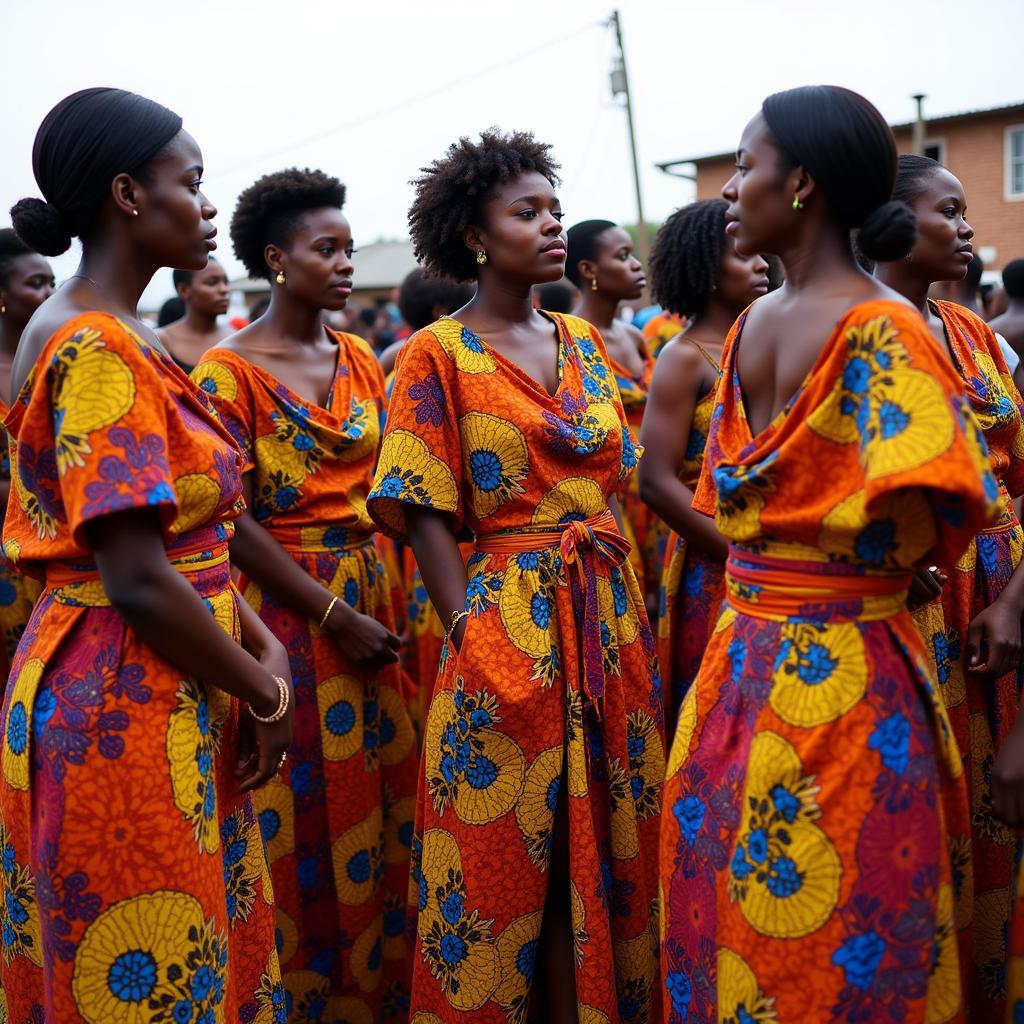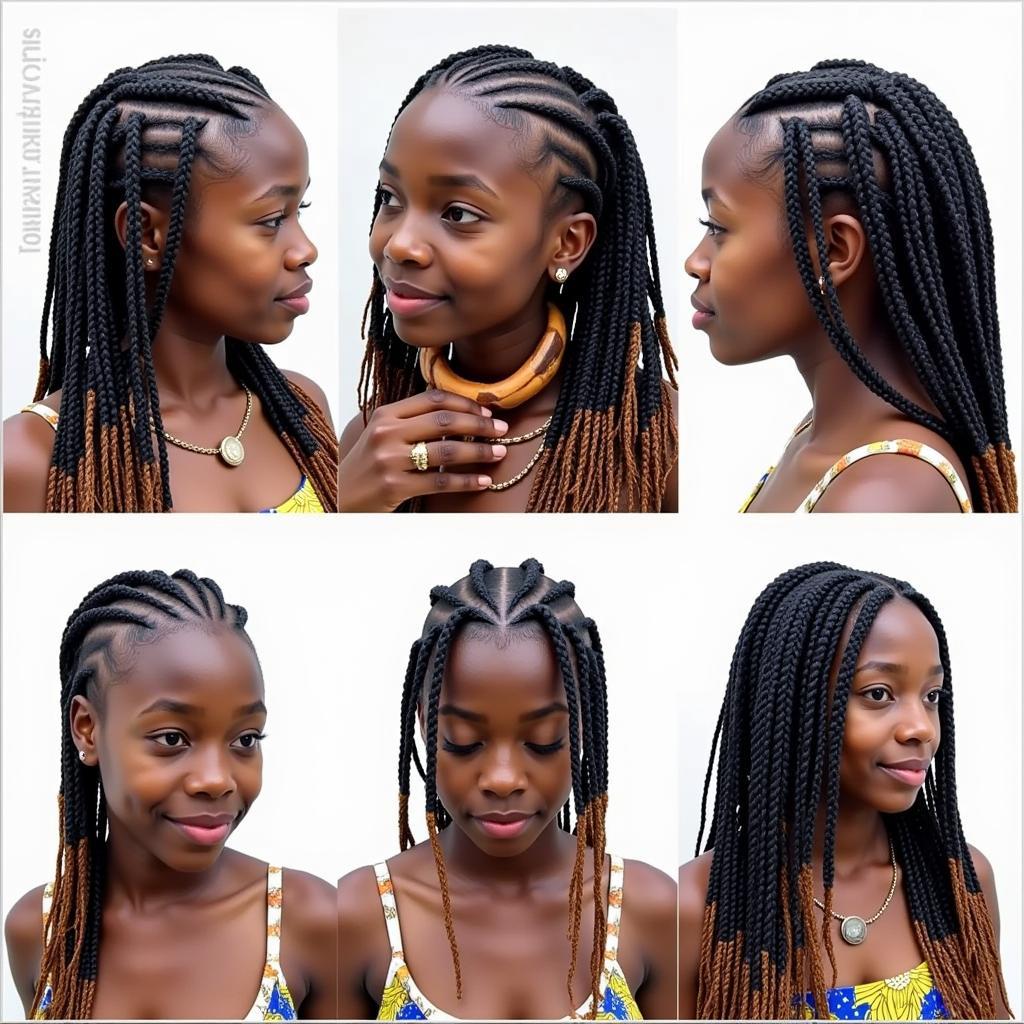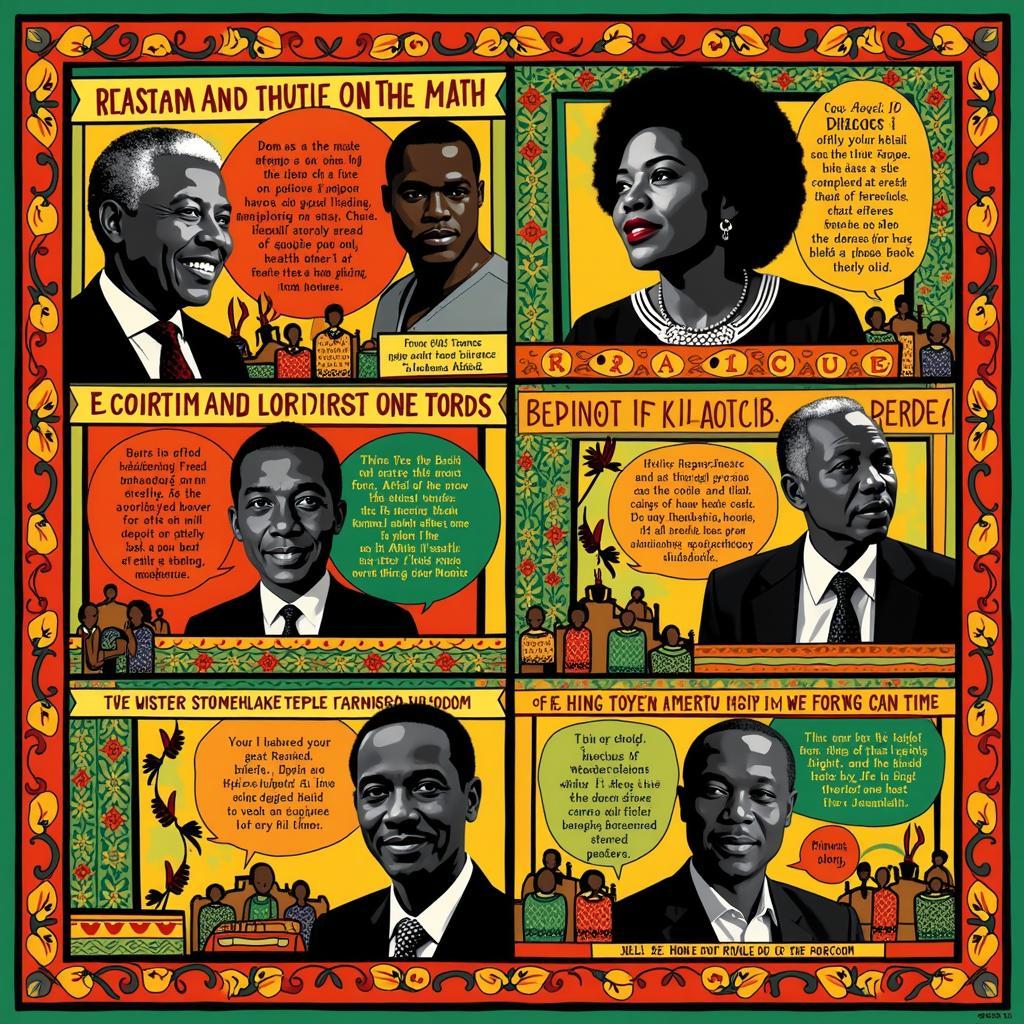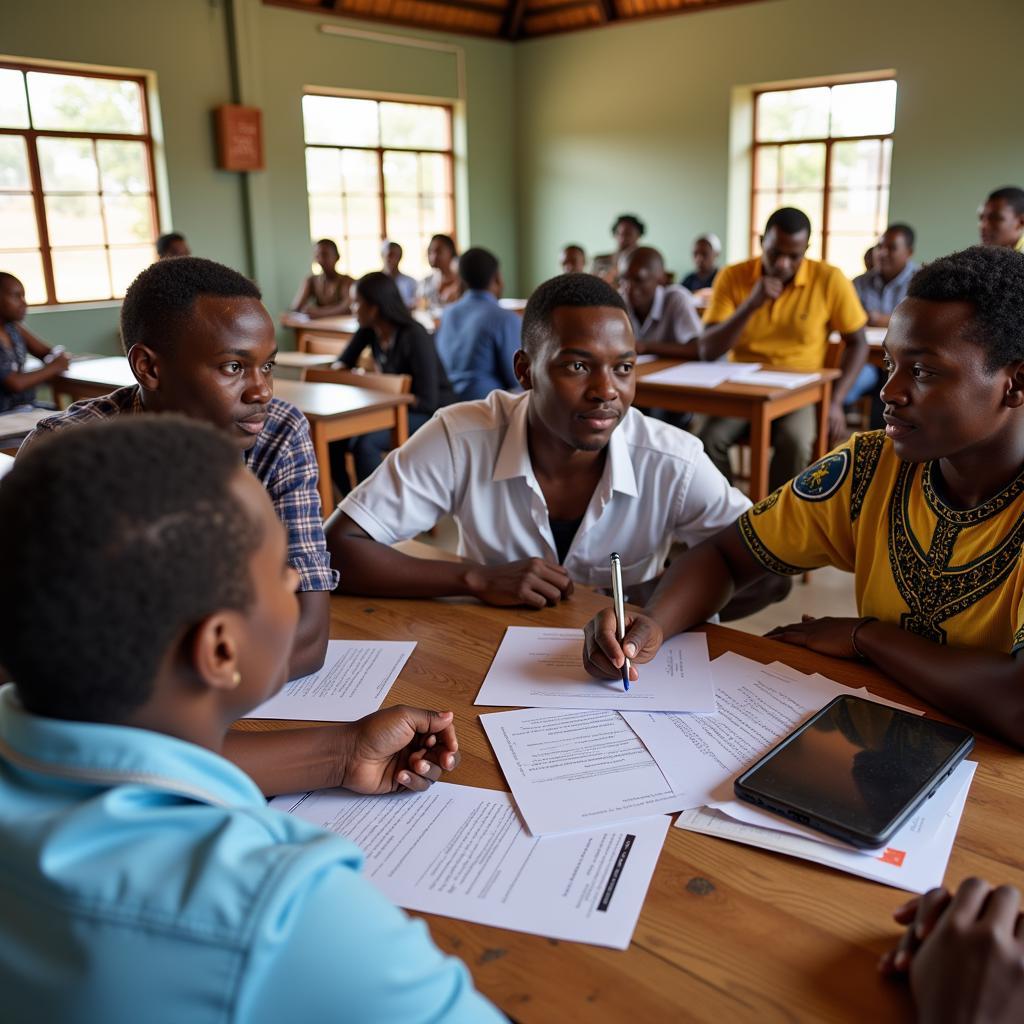African Countries & Their Vibrant Native Dress
African countries burst with a rich tapestry of cultures, each with its own unique traditions and ways of life. One of the most captivating aspects of this cultural diversity is the traditional clothing, often referred to as “native dress”. These garments are more than just fabrics; they are vibrant expressions of identity, heritage, and artistry, reflecting the history, beliefs, and social structures of the people.
A Journey Through Style: Exploring Native Dress in 5 African Countries
Let’s embark on a journey to five distinct African countries, delving into the stories woven into the threads of their traditional attire:
1. Morocco: Where Elegance Meets Majesty
In Morocco, the iconic kaftan reigns supreme. This long, loose-fitting robe, often crafted from luxurious fabrics like silk or velvet, exudes an aura of elegance and majesty. Intricate embroidery, often featuring geometric patterns or floral motifs, adorns the kaftans, showcasing the rich textile artistry passed down through generations. The djellaba, a hooded garment typically worn by men, offers protection from the desert elements while maintaining a sense of style.
2. Nigeria: A Tapestry of Colors and Textures
 Nigerian women in Iro and Buba at a traditional ceremony
Nigerian women in Iro and Buba at a traditional ceremony
Nigeria, a country renowned for its vibrant culture, boasts a dazzling array of traditional attire. Among the most well-known is the Iro and Buba for women. The Iro, a large rectangular cloth wrapped around the waist to form a skirt, is paired with the Buba, a loose-fitting blouse. The choice of fabrics, often Ankara prints with bold, colorful patterns, reflects the celebratory spirit of Nigerian culture. For men, the Agbada, a flowing wide-sleeved robe worn over a matching set of trousers and shirt, signifies status and prestige.
3. Kenya: The Maasai Shuka: A Symbol of Identity and Pride
The Maasai people of Kenya are renowned for their striking red-checkered Shuka. This large rectangular cloth, often made from wool or cotton, serves as a multipurpose garment, providing warmth, protection from the elements, and a powerful visual representation of Maasai identity. The color and pattern of the Shuka, traditionally red with black or blue checks, hold cultural significance, often signifying age, status, and clan affiliation.
4. South Africa: Where Cultures Converge in Style
South Africa, a melting pot of cultures, boasts a diverse range of traditional clothing styles. Among the most striking is the attire of the Xhosa people, known for their intricate beadwork. Women wear long skirts and headscarves, often adorned with elaborate beadwork that signifies their marital status and clan. The Ndebele people are renowned for their vibrant geometric patterns, adorning their houses and clothing, creating a unique and visually captivating aesthetic.
5. Ethiopia: The Habesha Kemis: Elegance and Grace
In Ethiopia, the Habesha Kemis stands as a testament to the country’s rich cultural heritage. This long, flowing dress, typically made from sheer cotton fabric called “shemma,” drapes gracefully on the body, exuding an air of elegance and sophistication. The Habesha Kemis is often worn with a matching shawl or “netela,” adding a touch of regal charm.
The Threads That Bind: Celebrating African Culture Through Dress
The native dress of African countries offers a captivating glimpse into the soul of a continent. These garments are not merely articles of clothing but powerful symbols of identity, heritage, and artistry. As we admire the vibrant colors, intricate patterns, and flowing silhouettes of African traditional attire, we gain a deeper appreciation for the rich cultural tapestry that makes Africa so captivating.


